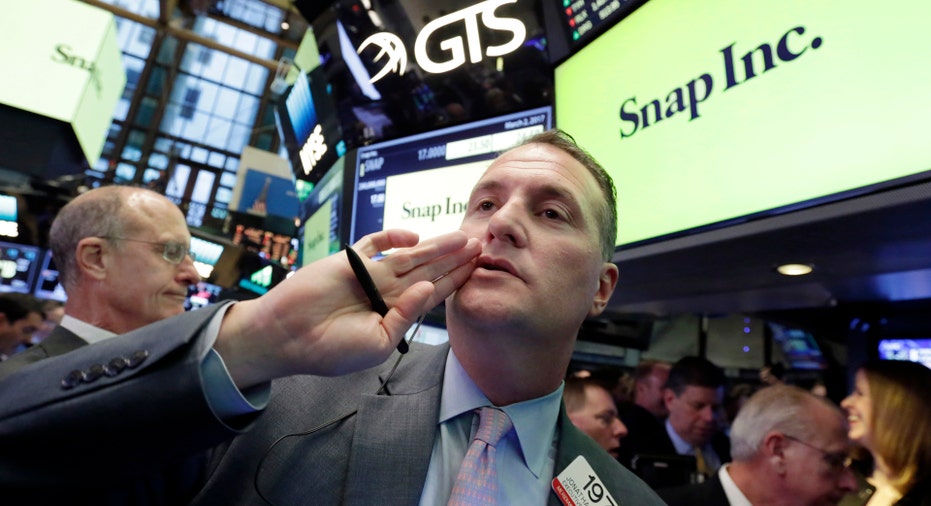The Real Reason Behind Snap's IPO

The purpose of an initial public offering is usually to raise capital – at least that’s the conventional reason – but then, nothing is conventional about today’s virtually nonexistent IPO market, or Snap (NYSE:SNAP), the ephemeral messaging company that’s soaring in its first two days of trading.
Investors were hungry for the biggest U.S. tech IPO since Facebook’s (NASDAQ:FB) 2012 offering, and that pent-up demand boosted the Snapchat parent’s market debut. But I doubt if raising capital was the main reason why Snap’s enigmatic young CEO, Evan Spiegel, was in such a hurry to bask in the bright lights of Wall Street.
Ever since he shocked the pundits by turning down a $3 billion all cash offer from Facebook, one thing has been apparent: Spiegel isn’t overly concerned with finding investors. Rather, his primary goals have always been to drive growth and engagement: more users who spend more time engrossed in the platform.
The IPO may have raised $3.4 billion, but more important, it raised awareness, and that drives growth.
If you look at the company’s user and sales growth curves, both were beginning to flatten out in the second half of 2016, so Spiegel emphasized user engagement over growth in his investor pitch. But make no mistake, Snap desperately needs to grow beyond its core demographic of suburban millennials in western countries.
Snap’s biggest risk is that it ends up like Twitter (NYSE:TWTR). The knock on the social media app is that, beyond the deeply obsessed Twitterati, it never really caught on with the mainstream. It also failed to add new product features to engage and retain users, and its value proposition is about as clear as mud. No wonder growth has stalled.
That’s not the case with Snapchat. It’s the first messaging platform to be built from the ground up as video- and mobile-centric. It aims to make communication fun and easy. Its user engagement is off the charts. And its advertising tools and products are extremely well integrated. Most ads don’t even seem like ads. The only thing left to do is grow.
Of course Snap will continue to add innovative products and features, but unless it can penetrate the adult crowd and international markets, growth will eventually stall as well.
Trading on a public exchange provides increased visibility and credibility, but it’s not exactly free marketing. Snap is barely five years old and its co-founders who control the company and its voting rights, Spiegel and CTO Bobby Murphy, are just 26 and 28. The increased scrutiny will be a heavy burden on the young company.
Snap just started monetizing its business two years ago, so it’s burning lots of cash and nowhere near turning a profit. Going public was a risky move, but I think it was a risk well taken. Now the question is, will other highly valued tech unicorns follow suit? If the eight-year bull market and Trump rally continue to hold up, I think they will.
At last count, there are 185 venture-backed startups with private valuations of at least $1 billion globally, according to CB Insights. The most valuable American companies include Uber, Airbnb, Palantir, SpaceX, Pinterest and Dropbox, but there are more than 100 behind those big names.
More important, global and U.S. venture funding have continuously declined since their peak in the third quarter of 2015. And there have been at least 75 down events – funding rounds and acquisitions with lower valuations than previous rounds – since the start of 2016, including down rounds at unicorns Zenefits, Jawbone and HelloFresh.
Now that the private equity bubble has deflated somewhat and venture capitalists are behaving more rationally, the risk of staying private too long and the incentive to go public sooner rather than later have increased dramatically. Will we see unicorns stampede on Wall Street this year? Place your bets.



















